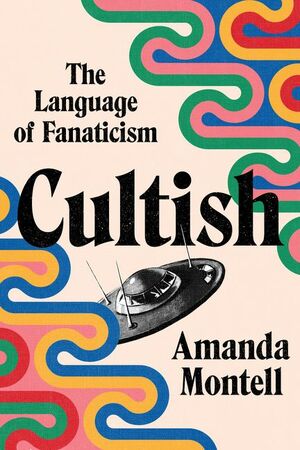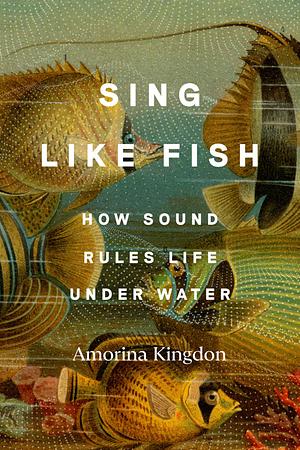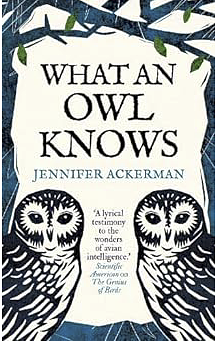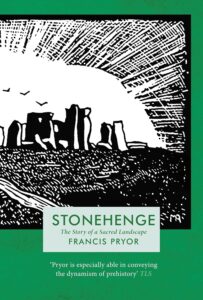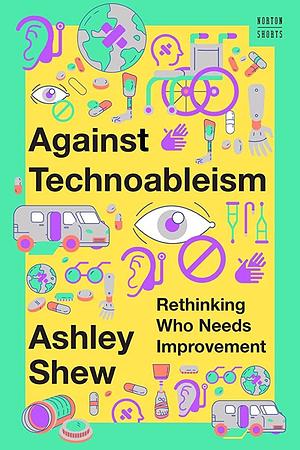
The New University
by James Coe
Genres: Non-fictionPages: 96
Series: Inklings
Rating:

Synopsis:What is a university for? They educate and set people up for their futures; they teach, research, employ – often irritate. We talk about developing the next generations and pushing the boundaries of knowledge, but in the midst of a pandemic, universities were put more firmly under the microscope than ever before. As we emerge into a new reality, James Coe considers the enormous challenge of reimagining an entire cornerstone of society as a more civic and personal institution.
The New University posits a blueprint of action through universities intersecting with work, offering opportunity, and operating within the physical space they find themselves. Diving into the issues he aims to tackle in his own work as a senior policy advisor, Coe believes we can utilise universities for community betterment through realigning research to communal benefit, adopting outreach into the hardest to reach communities, using positional power to purchase better, and using culture to draw people together in a fractured society.
The world has changed and universities must change too.
The New University is the start.
James Coe’s The New University is a book very much of a particular moment during the economic and social recovery from COVID in Britain. Some of the policy concerns have moved on since it was written, but there is something still relevant here: the issue of what universities are meant to be doing, from how they relate to the local businesses around them to how they contribute to the economy, and how they should be funded.
I find it odd that Coe discusses things like providing flexible learning, and fails to mention the Open University even once. Many of the things he describes as being things universities need to do have a pioneer in the OU, and it isn’t some upstart flash-in-the-pan newcomer. It’s been established for a long time now and it’s doing many of the things Coe thinks that traditional universities should do. I wonder if he’s just blind to the OU because he works in a traditional university? Contemptuous of what the OU does and the value of its qualifications? I’m not sure, but it’s a strange omission.
Coe is very optimistic about universities and what they can give to the country. He does touch on what they offer to individuals as well, to some extent (in part through his own nostalgia for his time at university), though it’s very much about what universities can do on a broader level.
It’s interesting, but obviously dated already, and containing some odd omissions. Also, like the other Inklings book I’ve read, it does need a better proofreader.
Rating: 2/5



